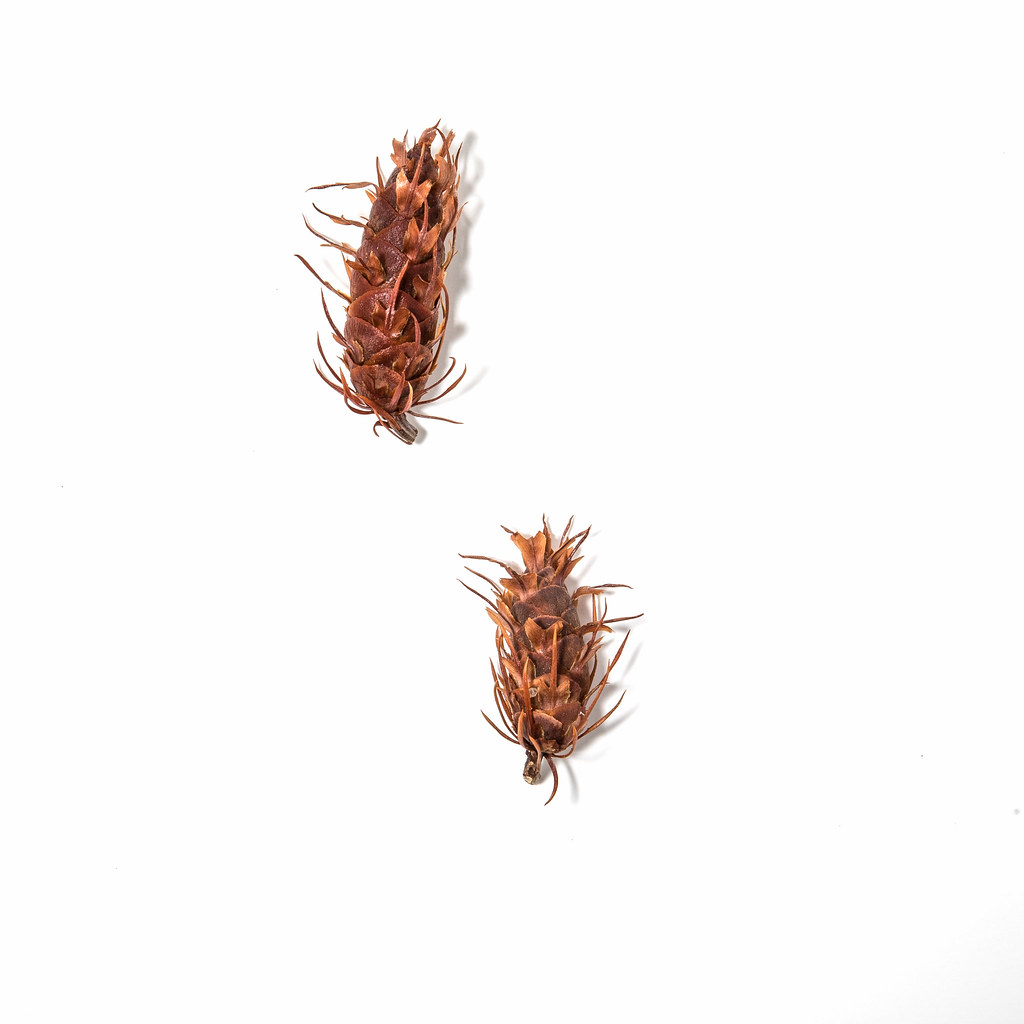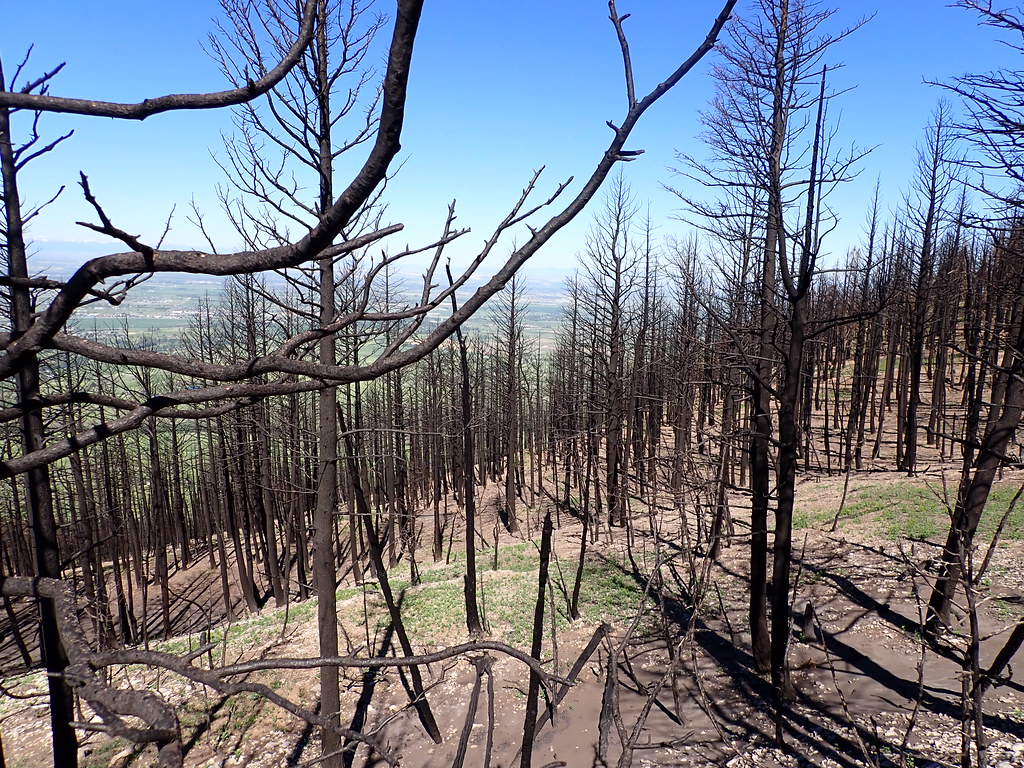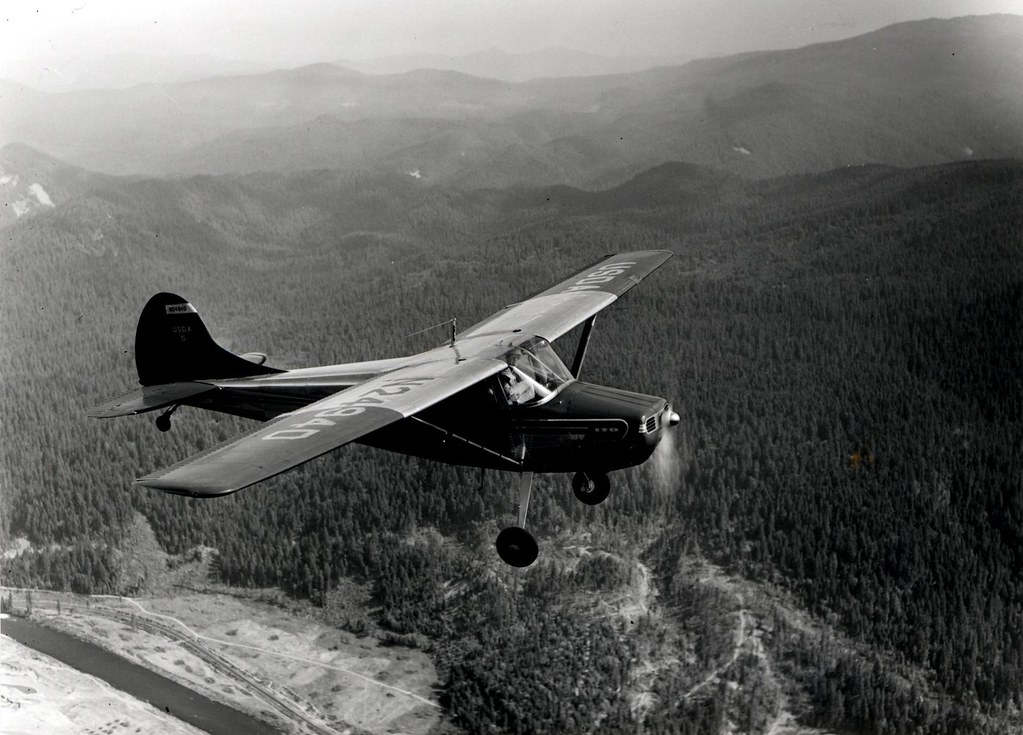When selecting materials for your next cladding or fencing project, two popular choices often come up: Douglas fir and Western red cedar. Both kinds of wood offer distinctive qualities that can make them ideal for various applications. Understanding their differences can help you make an informed decision that suits your project's needs and budget.

Both Douglas fir and Western red cedar are native to the northwest coastal areas of North America. These softwoods are known for their durability and are often used in cladding and fencing applications. Despite similarities, each type of wood has unique properties that may influence your selection for specific projects.
Both wood species are naturally resistant to outdoor elements, such as insects and fungal attacks, making them suitable for exterior applications. They are also dimensionally stable, reducing the likelihood of issues like warping and cracking. While treatments can enhance their durability by mitigating moisture-related damage, both woods perform exceptionally well in untreated forms, especially in moderate climates.
If you are considering treating your wood to prolong its lifespan, you might find our article on Teak Oil On Cedar very helpful.

| Property | Western Red Cedar | Douglas Fir |
|---|---|---|
| Janka Hardness | 330 lbf | 660 lbf |
| Workability | Easy to machine, fix, and finish | Easy to machine, fix, and finish |
| Moisture Stability | Highly stable | Highly stable |
For a more detailed comparison with another wood type, you might want to read our guide on Douglas Fir vs Pine.
Price is often a significant factor in material selection:

Both Douglas fir and Western red cedar are renewable resources and are classified as ‘Least Concern’ by the IUCN Red List. They also have relatively quick growth rates, which makes them sustainable options when sourced responsibly. Utilizing wood in construction projects not only meets aesthetic and structural needs but also contributes to carbon sequestration, helping to mitigate climate change. You can learn about more wood options and how they stack up in our article on Pressure Treated vs Cedar.
Determining the best wood for your project ultimately depends on various factors, including budget, desired appearance, and specific application:

By weighing the pros and cons of Douglas fir and Western red cedar, you can select the best material that meets your project's specifications, providing both functional and aesthetic benefits while staying within budget. For further technical details on the resilience of these woods, you can refer to a comparative drought resistance study.

